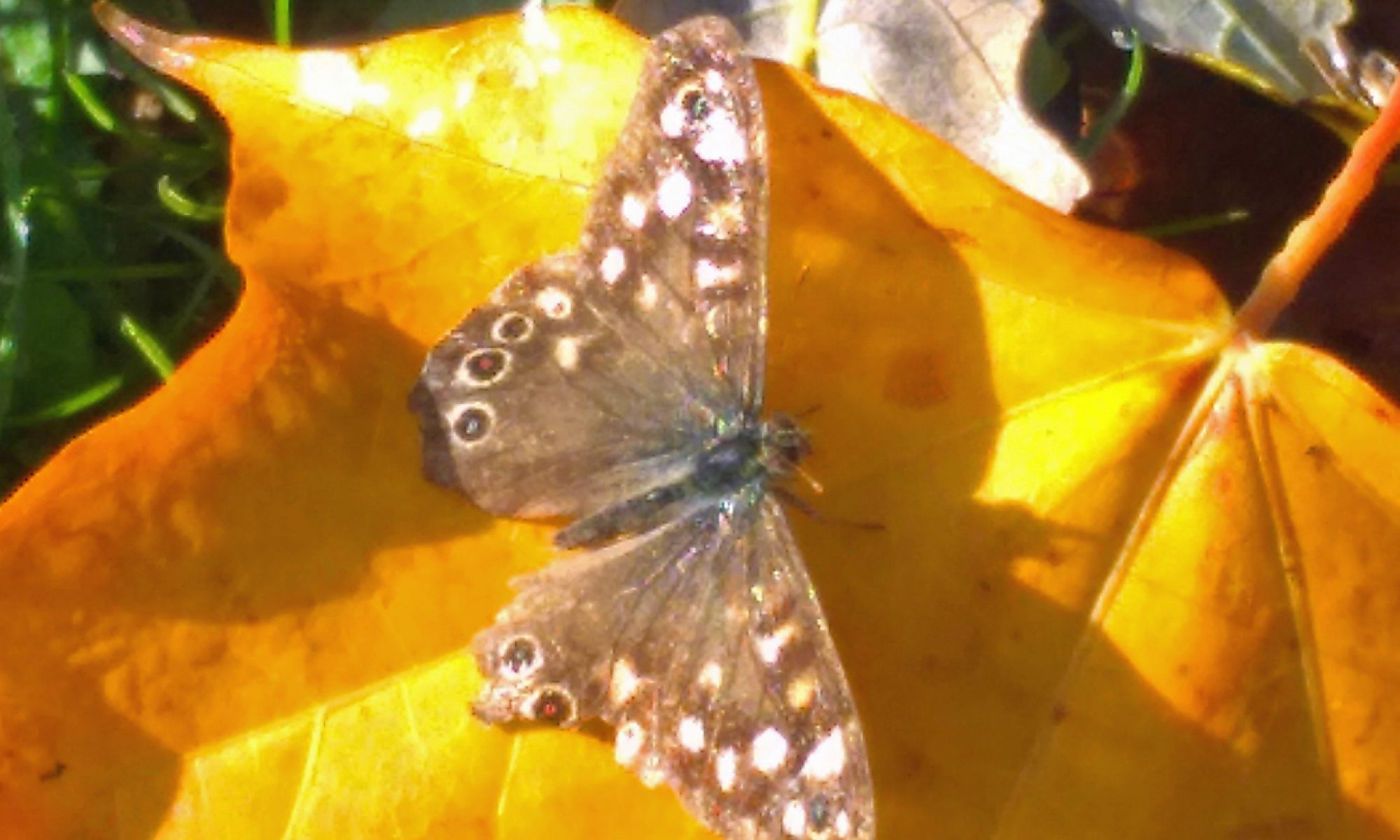The story of bluebells
| Links to the story | Key Stage 2 and 3 programmes of study | Possible learning outcomes | Big ideas |
| link to story | recognise that living things can be grouped in a variety of ways (KS3, Science) |
realise that closely related species can sometimes breed together to form hybrids realise that if the hybrids can breed with the original parents, then the spe dies can begin to blend together |
adventures in time and space summer stories what is ; life? |
Recent research by Marcus Ruhsam and colleagues is throwing light on the true relationship between English and Spanish bluebells.
Their main conclusions are:
- The “Spanish” bluebells in the UK are not like the Iberian bluebells (chosen as being standards for the Spanish bluebell). DNA analysis shows that UK bluebells are more similar to wild bluebell populations in Portugal, suggesting that these bluebells in fact, arrived from Portugal, not Spain.
- The Spanish bluebells in the UK are likely to be hybrids between the English bluebell ( H. non-scripta) and the Spanish bluebell (H. hispanica). This hybrid is called H. x massartina.
- The hybrids show a wide variability, from those that resemble “pure” English and “pure” Spanish forms to all shades of intermediate forms. This suggests that trying to identify the pure forms in a mixed stand will be impossible without genetic analysis.
- Bluebells obtained from garden centres are frequently mislabelled, with most being hybrids regardless of whether labelled as non-scripta or H. hispanica.
- Human activity is important in the distribution of hybrid forms. About 16% of sampled individuals in the UK were hybrids, but these hybrids were not evenly distributed. They were concentrated in specific locations with “historical human planting activity”. These include stately homes, parks, gardens and actively managed woodlands. The frequency of hybrids in natural woodlands is very low, and it is here that the “pure” English forms tend to be concentrated.
This begs the question as to why this is so. Typically, hybrid forms are expected to be more vigorous than the native populations. In time, the hybrids will swamp and replace the native populations. This is called introgression. In “pure” English woodlands, the rate of introgression is only about 2%. This leads to the conclusion of the paper, namely, if we leave these populations alone, they will survive intact.
- The hybrid forms are less vigorous than the “pure” populations. Native bluebells were found to have higher pollen viability, greater seed germination, and greater mating success, which helps preserve their genetic identity even in the presence of hybrids.
Despite widespread hybridisation in human-impacted areas, there is no evidence of a large-scale genetic threat to native non-scripta populations in natural habitats.
But even if the English bluebell was replaced by hybrid bluebells would it matter? The natural world is full of examples of a species being replaced by a more efficient “biologically fitter” species. That is a consequence of natural selection.
On the other hand, if we can conserve as many species as we can, allowing native English, Spanish and hybrid bluebells to co-exist in the UK, then we are being good stewards of the environment, considering that it was humans that brought English and Spanish bluebells together in the first place.

